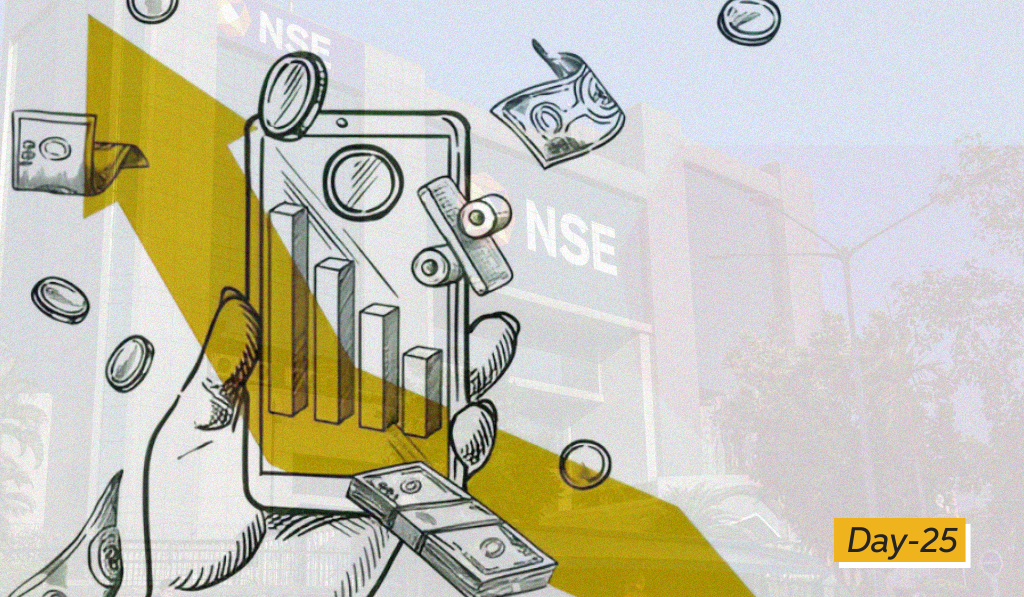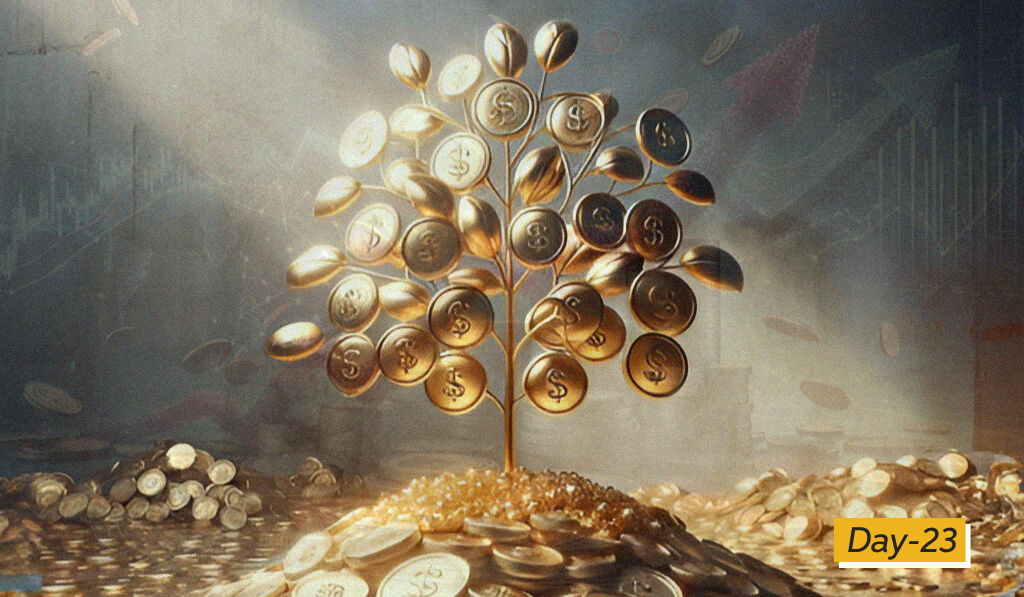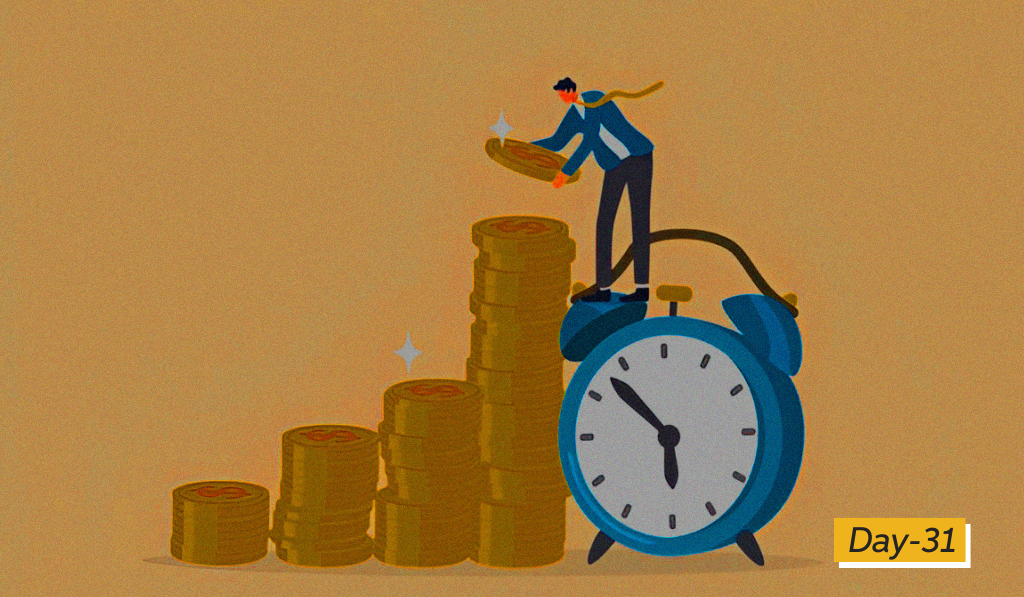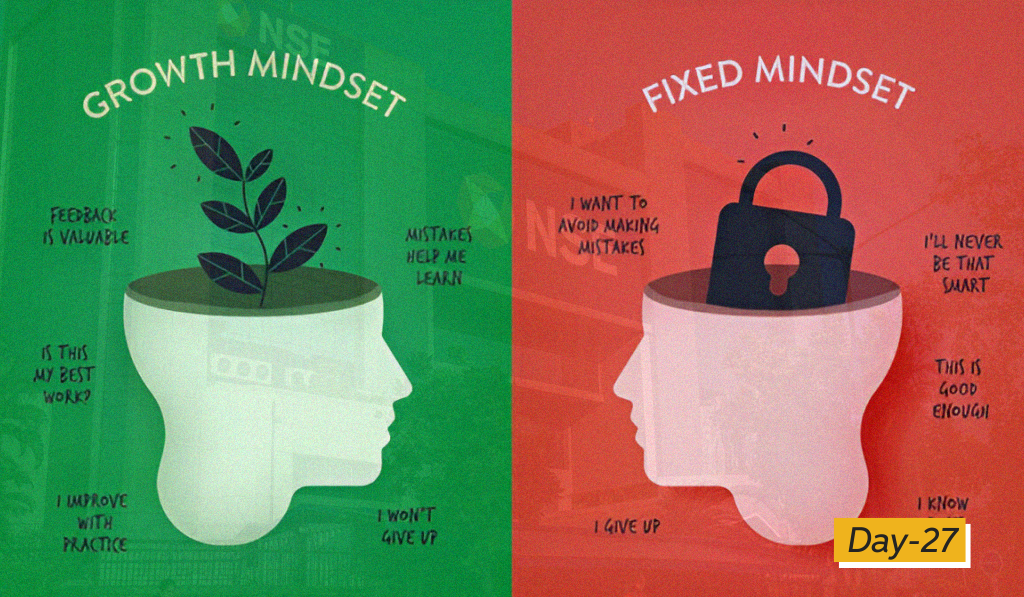The “Great Paradox” in the stock market is that what seems too high in price and risky to the majority usually goes higher, and what seems low and cheap usually goes lower. Most investors buy stocks down from their peaks, thinking they’re getting a bargain. However, this is the opposite of how successful investing works. A study analyzed groups of stocks that made new highs and new lows, and it found that stocks making new highs tended to go higher while stocks making new lows tended to go lower.
The bias toward buying stocks that look like bargains is not limited to individual investors. A research showed that more than 600 major institutional investors and found that a number of them are also “bottom buyers”. They, too, feel it’s safer to buy stocks that look like bargains because they’re down in price or selling near their lows.
The old adage that the author says is wrong is “buy low, sell high”. The author’s research proved that this is completely wrong. Instead, the author’s research shows that what seems too high in price and risky usually goes higher, and what seems low and cheap usually goes lower.
Q:-Why Do We Resist the Truth That Could Save Us?
It is difficult to act on the “Great Paradox” because it is contrary to human nature. People naturally want to buy things at a discount, so it feels safer to buy stocks that are down in price. However, this often leads to buying stocks that are actually declining and will continue to decline.
Many high-level investment professionals lose their jobs because they did not understand this principle. They continued to buy stocks on the way down, thinking they were getting bargains, and ended up losing money.
Let’s compares the “Great Paradox” to a plane flying without instruments or a cross-country trip without a road map. Just as these things would be risky, it is also risky to invest without understanding how the stock market actually works.
Instead of relying on feelings and opinions, the author encourages investors to study the history of the stock market and learn to recognize the characteristics of winning stocks. This can be done by examining chart patterns and learning to identify stocks that are under accumulation by institutional investors.
Q:-The Million-Dollar Question: When Is the Perfect Moment to Buy Stocks?
The correct time to buy a stock is during a bull market just as a stock is starting to break out of its price base. This is when the possibility of a significant price move is the greatest. It’s important to understand that a stock making a new price high does not necessarily mean it’s the right time to buy. It is crucial to review the stock’s historical price movement on a chart to ensure that the stock is making new price highs as it breaks out of a correct base.
As discussed, most investors buy stocks that are down from their peaks, thinking they are getting a bargain, but this is the opposite of what the author’s research has shown about successful investing. It is difficult to act on this because it goes against human nature. Waiting for a stock to prove its strength by moving up to a buy point is essential for successful investing. If a stock is more than 5% to 10% past the buy point, it is too late to buy and should be avoided, as this increases the chance of getting shaken out in the next price correction. Buying at the exact buy point minimizes the chance that the stock will drop 8% and trigger the 8% loss-cutting rule.
Waiting for a stock to reach the buy point is also important because in many cases, a stock will stall or decline in price instead of reaching the breakout point. The goal is to buy stocks that are on the way up and avoid buying stocks that are on the way down.










